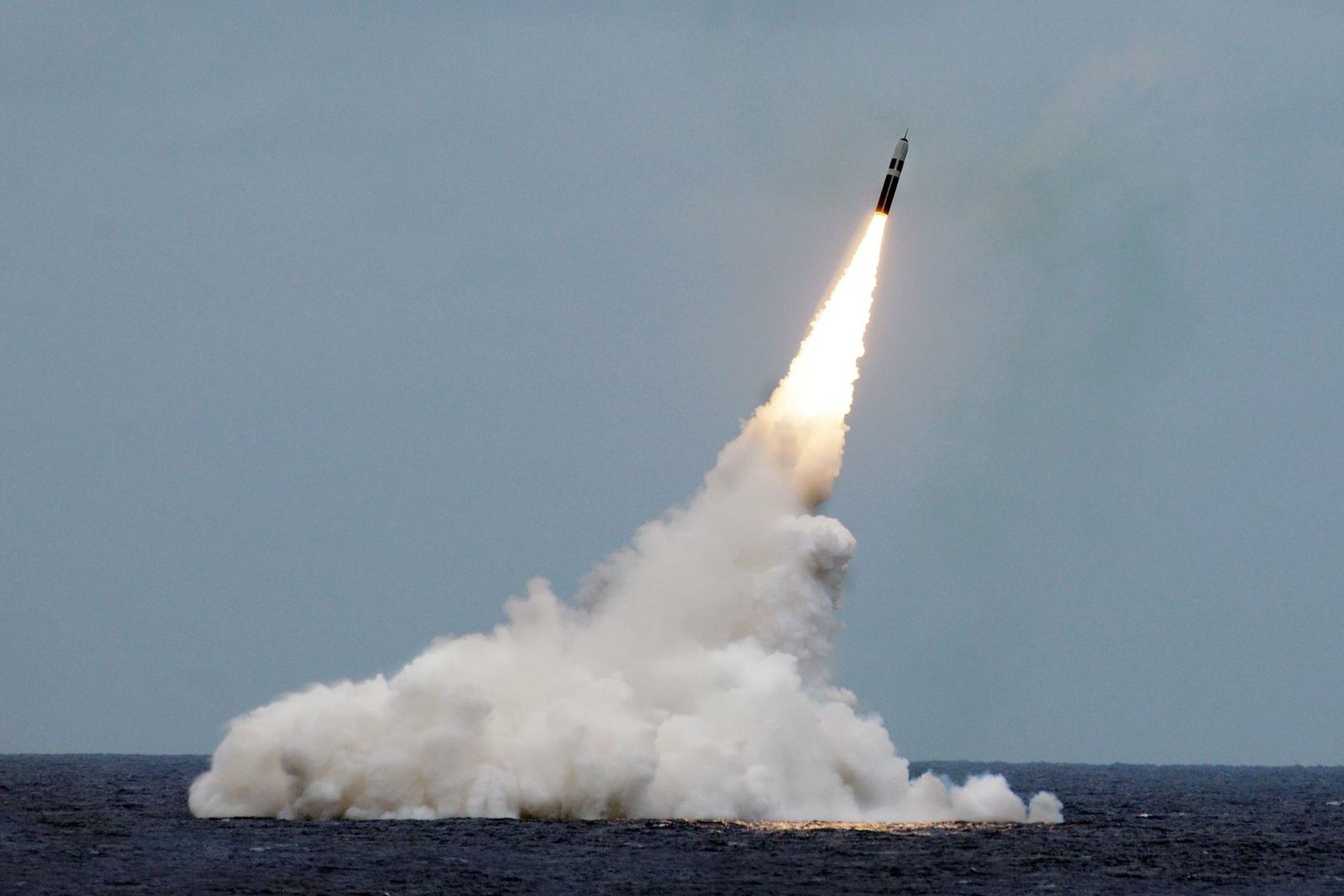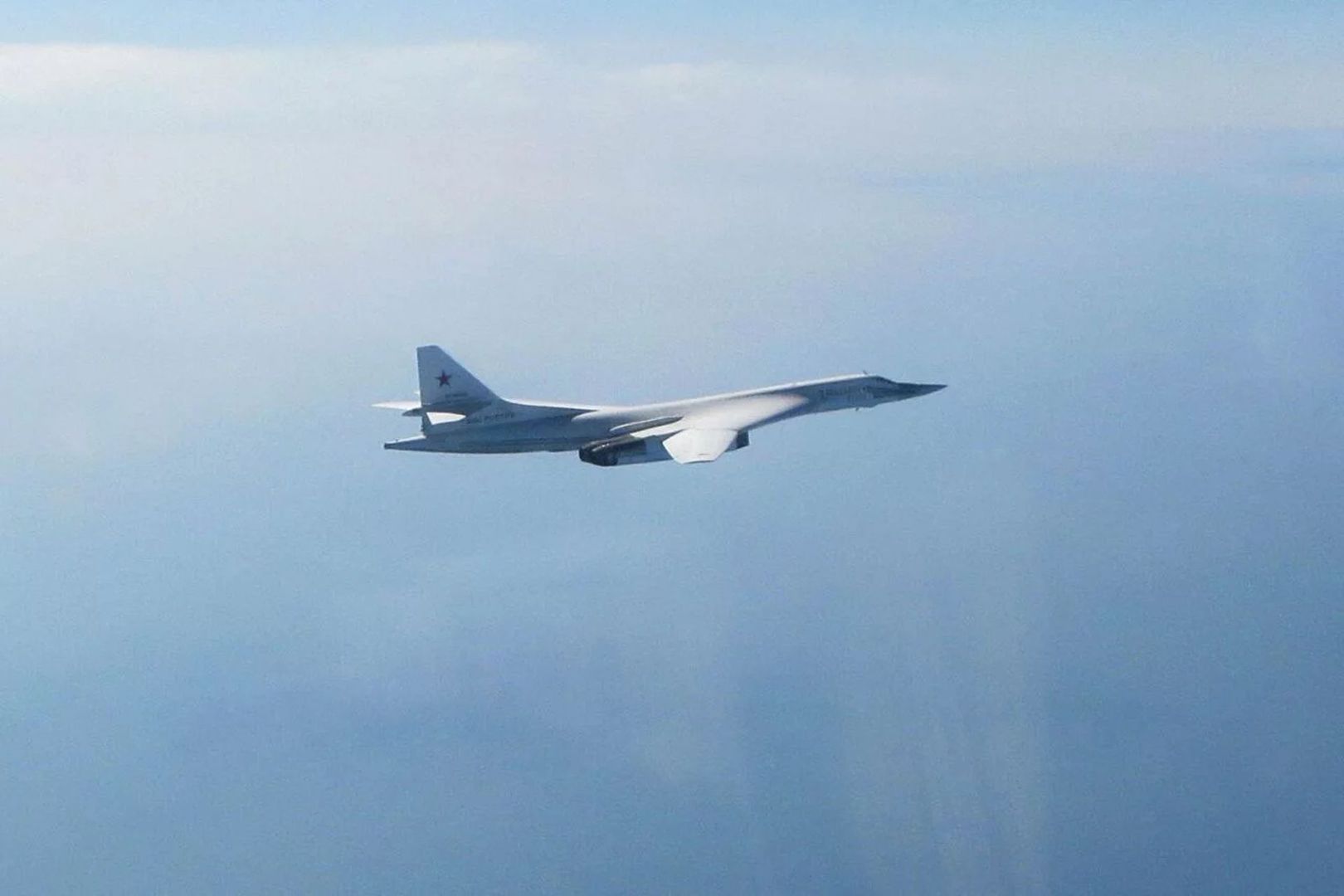Acting Secretary of the Navy Thomas B. Modly issues his weekly Vector message to the Department of the Navy workforce on Fridays. This is his latest message:
Just over 62 years ago, out of the darkness of the Cold War, the Soviet Union launched the world’s first satellite into space. The resulting “Sputnik Moment” alerted Americans that a vast technological leap had been scored by an aggressive adversary. How we responded as a nation appears clear enough today: the United States increased sponsored research and development spending to a height of 3.6 percent of GDP in 1965; we developed three generations of intercontinental ballistic missiles in rapid order from 1957-1962, including the Navy’s Polaris missile on our ballistic missile submarines; and our Navy’s nuclear power program, under Admiral Hyman G. Rickover, ascended to a capacity and safety record still unmatched to this very day.
This historic hindsight should heighten our awareness that major technological breakthroughs such as hypersonic weapons can destabilize the global security environment and pose an existential threat to our nation. In fact, the possible applications of hypersonic technologies have already changed the nature of the battlespace, much as nuclear technology did in the past century. That is why when it comes to hypersonic weapons, our command today must be “All Ahead Full.”
Our research enterprise has developed several recent technological breakthroughs in hypersonic design that will introduce an entirely new generation of capabilities, rapidly changing the way we fight as an integrated naval force. Most importantly, we are redefining the cutting edge of hypersonics with the indispensable help of active duty and reserve naval officers and enlisted experts, working side by side with our workforce civilian scientists and engineers.
Marines and Sailors will employ these new weapons, creatively exploring the depth of their operational uses in conventional deterrence and force protection. This is another strategic reason for accelerating our Education for Seapower initiative: ensuring more members of our Navy and Marine Corps team, both uniformed and civilian alike, are able to take advantage of technology-rich learning opportunities, fully leveraging our unique national assets of advanced research and higher education.
The bottom line is that our Navy and Marine Corps team will need to move forward together, reaping the keen intellects and experiences of everyone onboard today in order to fully leverage the full potential of these new weapons in the future. To get there, we are moving decisively through three distinct lines of effort:
Technology Maturity
The development of a Conventional Prompt Strike (hypersonic weapon) capability has been a Joint effort across the Services and industry with the Department of the Navy as the lead designer. Additional tests in support of expanding the capability will be conducted later this year.
Flight Experiment 2 is scheduled for Fiscal Year (FY) 20, 2nd Quarter and will demonstrate the Navy designed Hypersonic Glide Body. Launcher testing will continue throughout FY20.
We will continue to leverage our world-class civilian workforce in Warfare Development Centers and laboratories, refining the Glide Body design while also advancing rocket motor technology throughout our weapons applications process.
We will work to achieve warfighting capability overmatch in all regimes of flight, while investigating opportunities to further extend ranges, maneuverability, and lethality of all our platforms.
Industrial Capacity
As we begin the transition from a development effort to fielding capability, production facilities are ramping up to meet high capacity demand. Initial investments have been made by the Department of Defense and industry to establish production capacity, which will continue under Army and Navy-funded efforts in 2020 and beyond.
The Navy and Marine Corps will continue to pursue increased partnership with the other Services to ensure we maximize opportunities and pursue best of breed solutions.
We will leverage the senior leadership of all three Military Departments to ensure collaboration in our Joint efforts.
We will work closely with Congress as the program ramps up to ensure budget profiles are executable and well understood.
Concept of Operations (CONOPS) and Basing Strategy
Our FY20 analysis will focus on refining future basing strategies and launch platform options that we will incorporate in our FY22 Budget Planning process, clearly marking our path to achieving greater hypersonics tube inventories in the fleet.
Our Navy and Marine Corps team will continually seek opportunities to rapidly evolve our CONOPS and fielding plans through demonstrations, war games, simulations, and lessons learned.
We are fully committed to achieving hypersonic capabilities that reassert our strategic and conventional overmatch. These capabilities will be critical to deterring aggression and maintaining the peace. We are addressing the need to expand current planned hypersonic capacity in the months ahead.
Finally, we should all recognize that increased hypersonic capabilities demand a broader national discussion that crosses Services and industry partnerships, and will require significant collaboration from all stakeholders in order to move forward.
We’ve been here as a nation before, and the creative genius and work ethic of Americans have always made the critical difference in defending our freedoms and way of life. We will do so yet again, and YOU will be part of it.











